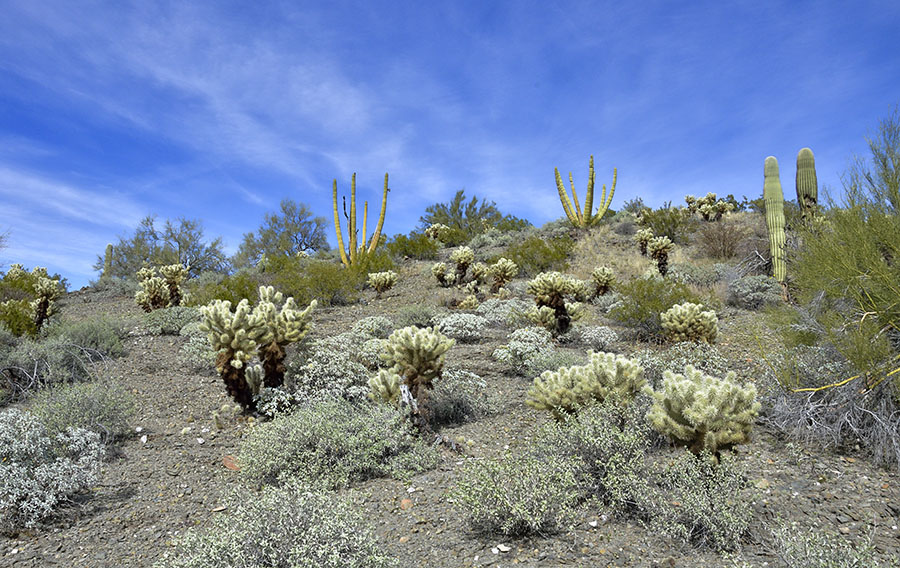Cruising through the town of Ajo on our way back to the park we spotted one of the adorable Gambel’s quail darting across the road – too fast to get a photo, but it was fun to see one with its little plume bobbing. We spotted a number of other birds unique to the region as well – gila woodpeckers, phainopepla (try and say that three times fast), cactus wren, and roadrunners. I didn’t bring the long lens so it was hard to photograph many of them, but they were a treat to see.
Another rare find was a “cristate” or “crested” saguaro cactus – no one could tell us what causes the unique growth.
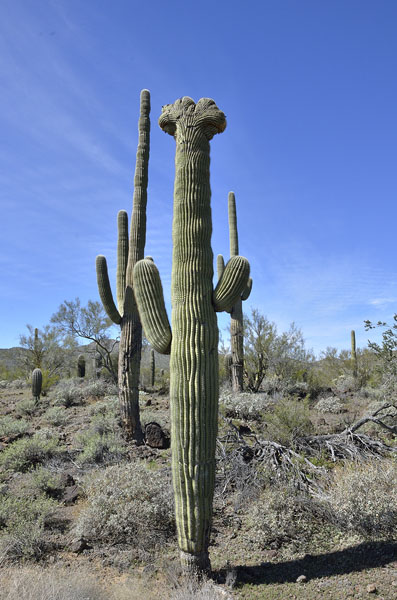
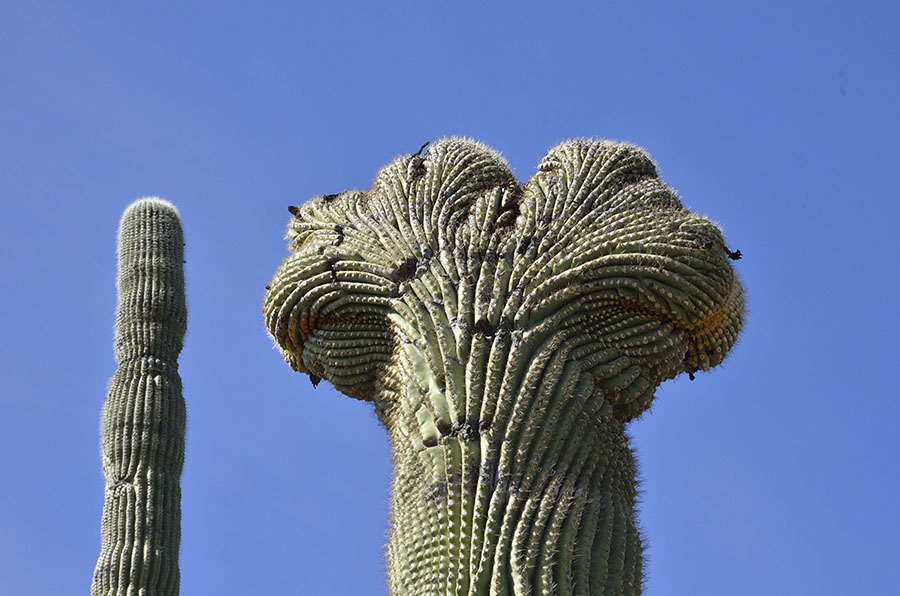
The more we explored, the more we returned to the ranger station to ask questions. It was fun to learn about things like why saguaro arms sometimes droop – it’s caused by cold temperatures causing cellular damage where the arm joins the main body, followed by rain or snow. The cactus drinks up the extra water and the increased weight of the arm(s) can’t be supported by the damaged joint(s). The upturn at the end of the arm signals new growth.
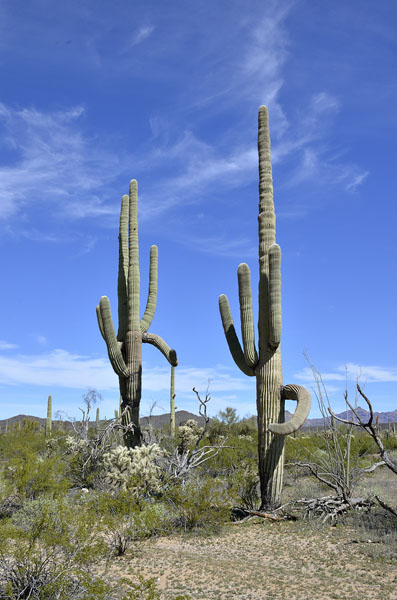
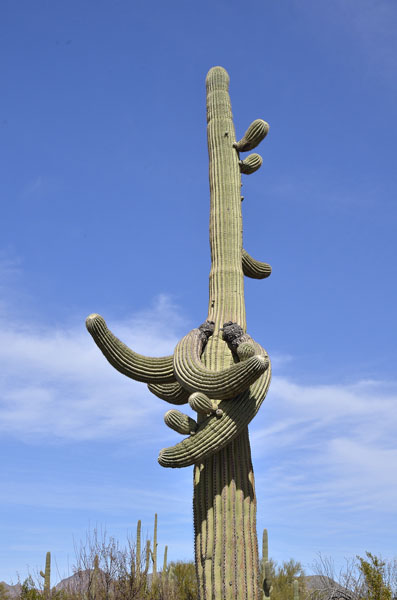
Some of the drooped arms made a cactus look like a person gesturing… such as “honey, please…”
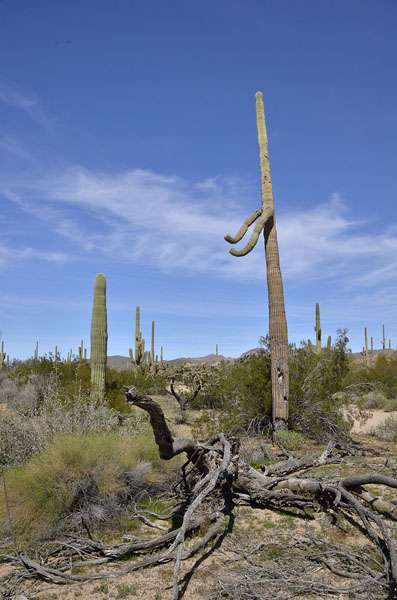
…or the ballerina.
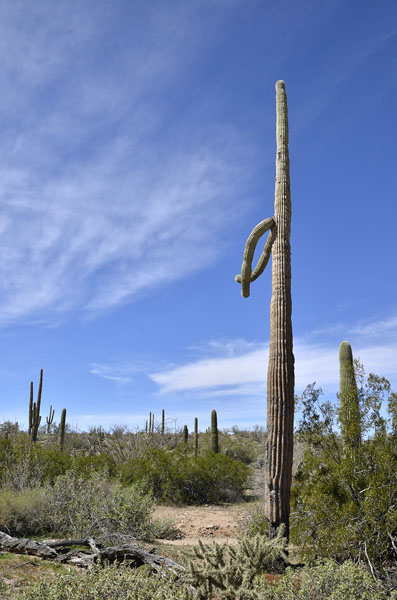
Another favorite desert plant was the ocotillo – a large shrub (not a cactus) that looks like a bunch of sticks. If it gets moisture it will quickly sprout leaves all over its branches, as well as a red blossom on the tip. When water is scarce it drops its leaves and hunkers down waiting for moisture again. It’s an interesting survival adaptation.
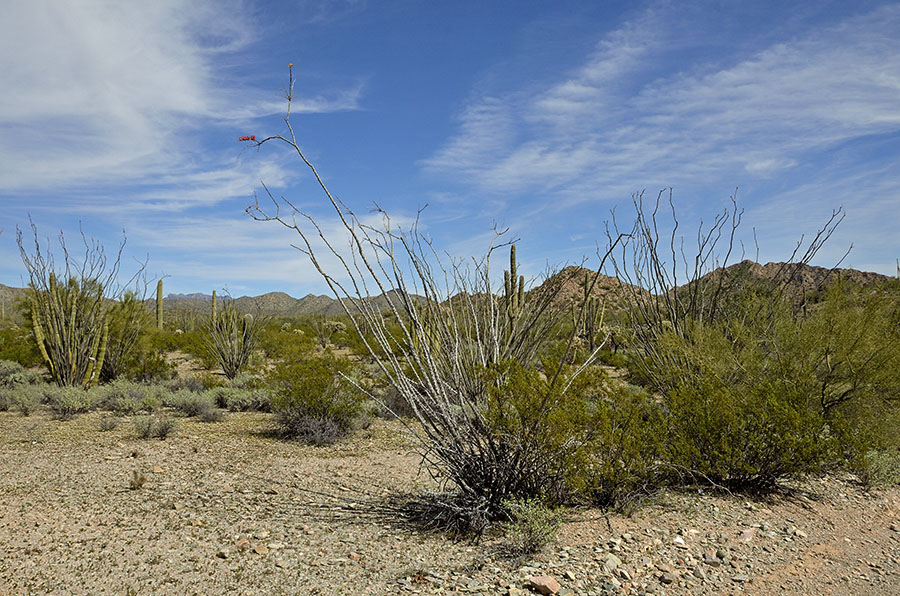
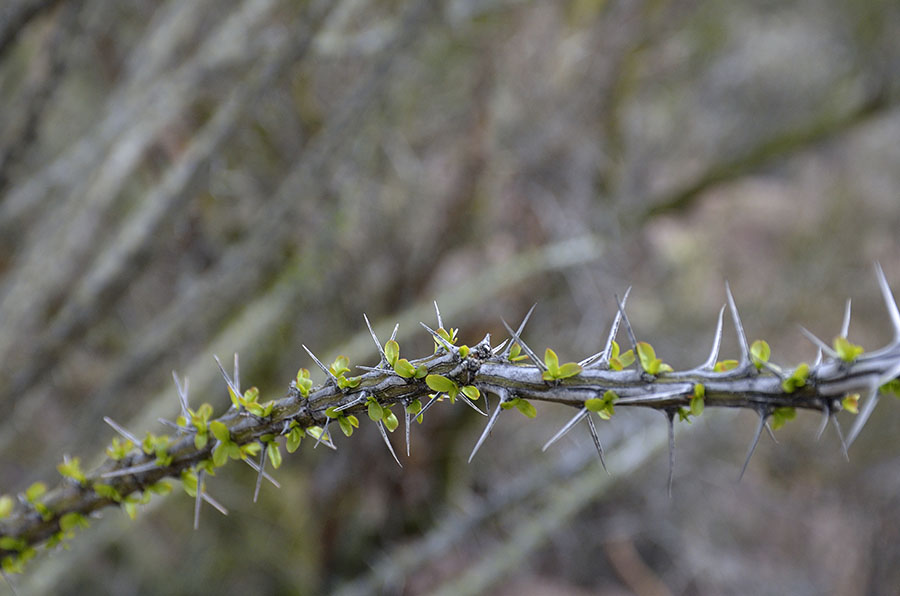
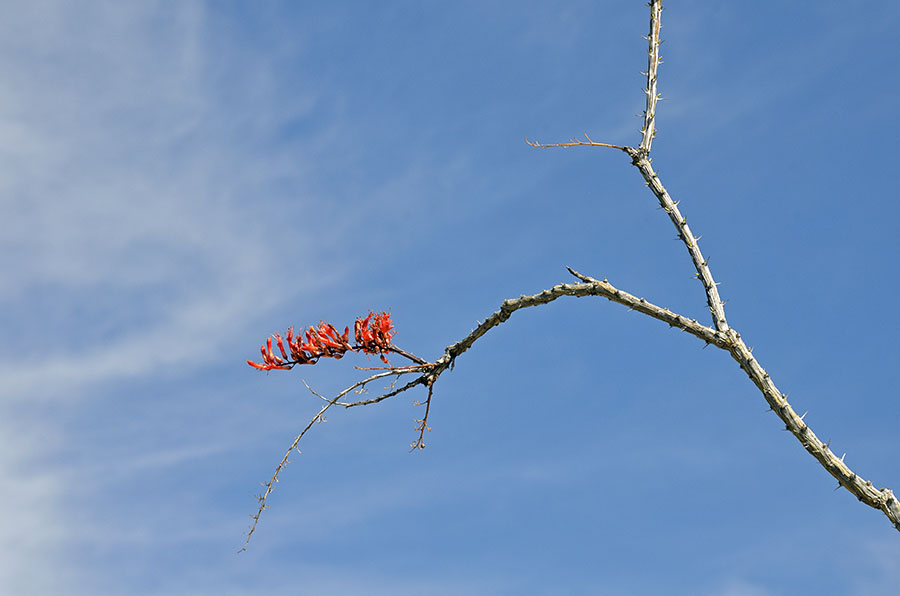
We bounced along a 4WD park road that runs right along the US-Mexican border. Besides the checkpoints on the main roads, we saw a few border patrol officers and some sensor emplacements to monitor the border. Interesting.
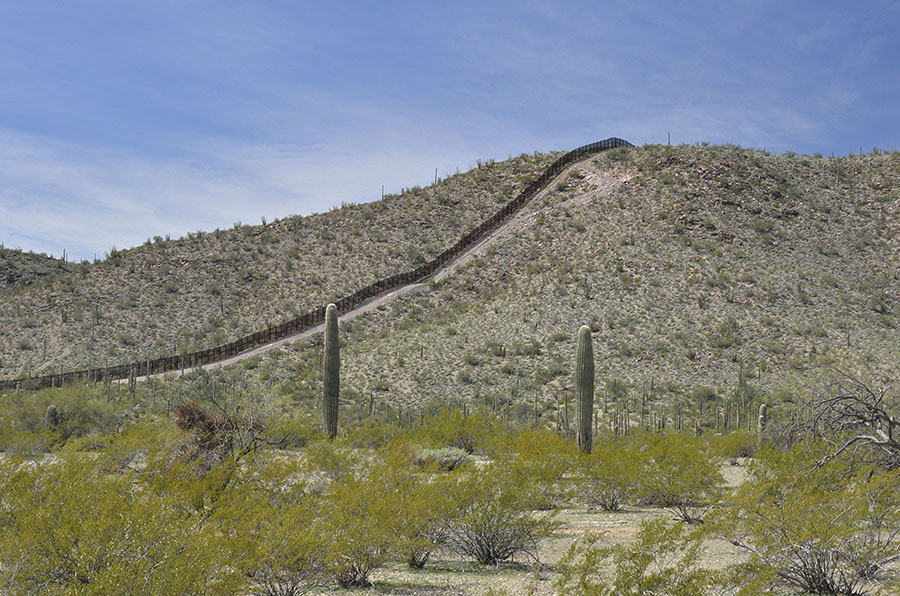
This part of the park had some abandoned mines, and we hiked in to see one that mined (primarily) copper, given the color of the rocks nearby.
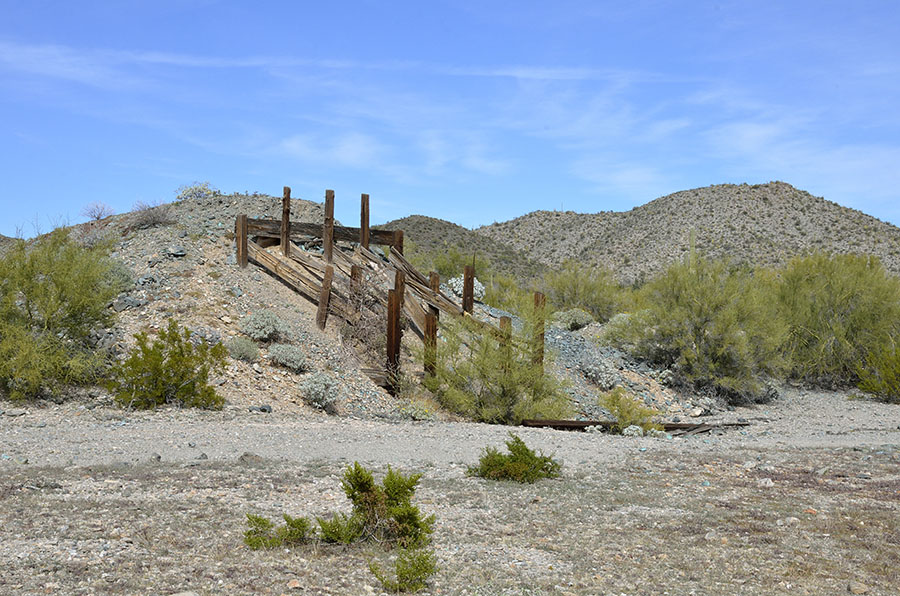
We left a lot more that begs to be explored, so we’ve added Organ Pipe to our list of places to return to… a beautiful part of the Sonoran desert.
